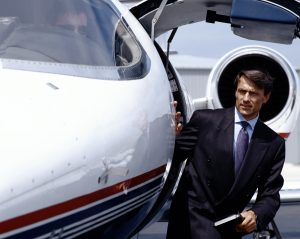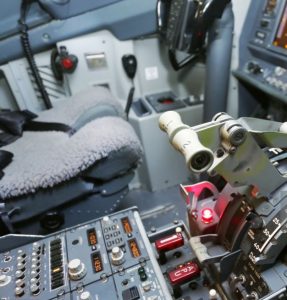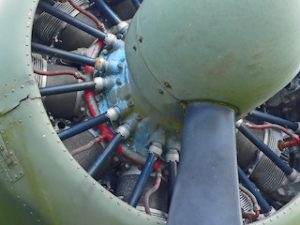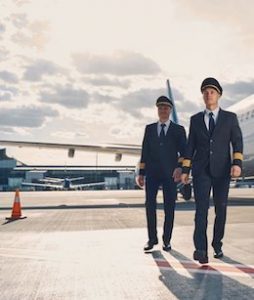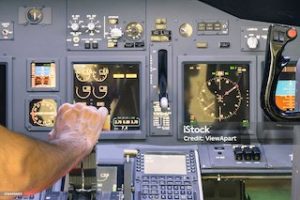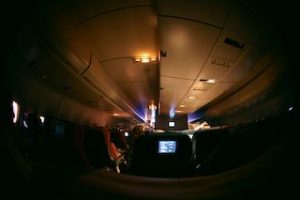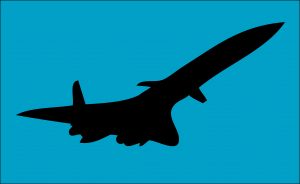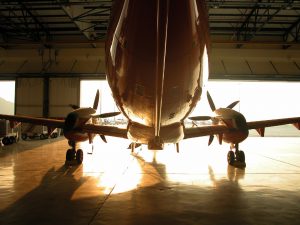Costs Of A Full Flight Sim
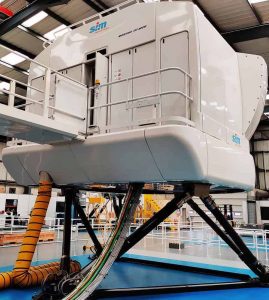 A full flight sim, or full flight simulator, is an advanced tool designed to replicate the experience of flying an aircraft with remarkable accuracy. These simulators are used by professional pilots for training, aviation schools for educational purposes, and enthusiasts for a highly immersive flying experience. However, the cost of a full flight sim can vary widely depending on various factors, including the level of realism, technology used, and the purpose of the simulation. This article provides a comprehensive guide to understanding the different cost components associated with a full flight sim, helping you make informed decisions whether you are a commercial organisation, a flight school, or an aviation enthusiast.
A full flight sim, or full flight simulator, is an advanced tool designed to replicate the experience of flying an aircraft with remarkable accuracy. These simulators are used by professional pilots for training, aviation schools for educational purposes, and enthusiasts for a highly immersive flying experience. However, the cost of a full flight sim can vary widely depending on various factors, including the level of realism, technology used, and the purpose of the simulation. This article provides a comprehensive guide to understanding the different cost components associated with a full flight sim, helping you make informed decisions whether you are a commercial organisation, a flight school, or an aviation enthusiast.
What is a full flight sim?
A full flight sim is a sophisticated simulation system that replicates the entire experience of flying an aircraft. Unlike basic flight simulators, which might only offer limited features, a full flight sim includes a realistic cockpit environment, advanced flight dynamics, high-definition visuals, and often motion-based feedback systems. These simulators are used for various purposes, from professional pilot training to research and recreational flying.
Factors influencing the cost of a full flight sim
1) Type of simulator
The cost of a full flight sim varies significantly depending on the type and complexity of the simulator. Generally, there are three primary categories:
-
- Basic full flight simulators: These simulators are designed for initial pilot training or for enthusiasts looking for a high level of realism. They often include a realistic cockpit and visual systems but may lack advanced motion or high-fidelity flight dynamics. Costs for basic full flight simulators can start at approximately $100,000 to $500,000.
- Advanced full flight simulators: These simulators are used by commercial airlines and advanced training centers. They feature high-fidelity flight dynamics, detailed cockpit systems, advanced avionics, and high-resolution visual displays. Prices for advanced simulators typically range from $500,000 to $3 million.
- Full-motion simulators: These simulators provide the most immersive experience by incorporating motion-based systems that replicate the physical sensations of flight, such as turbulence and acceleration. Full-motion simulators are the most expensive, with costs ranging from $1 million to over $10 million.
2) Level of realism and fidelity
The level of realism and fidelity in a full flight sim significantly impacts its cost. Key aspects that contribute to realism include:
-
- Cockpit and instrumentation: High-quality simulators feature highly detailed and functional cockpit replicas, including accurate instruments, switches, and avionics. The cost increases with the complexity and accuracy of these components.
- Flight dynamics: Realistic flight dynamics involve sophisticated software that models the behavior of the aircraft under various conditions. Simulators with advanced flight dynamics models typically cost more.
- Visual and audio systems: High-resolution visual displays, including wrap-around screens or projection systems, and realistic audio systems add to the cost. Enhanced visual and audio fidelity increases the simulator’s price.
3) Motion systems
Motion systems are an optional feature in many full flight sims. These systems simulate the physical sensations of flight, such as g-forces, turbulence, and acceleration. There are different levels of motion systems, including:
-
- Basic motion systems: These systems provide limited movement and are often used in less advanced simulators. Costs for basic motion systems can range from $100,000 to $500,000.
- Advanced motion platforms: These platforms offer a higher degree of motion and more realistic sensations. They can significantly increase the cost of a simulator, with prices ranging from $500,000 to $3 million.
- Full-motion systems: These are the most advanced and expensive, offering comprehensive motion feedback to replicate the full range of physical sensations experienced during flight. Full-motion systems can add several million dollars to the overall cost.
4) Training and support services
When purchasing a full flight sim, it is essential to consider the costs associated with training and support services. These services ensure that users can effectively operate and maintain the simulator.
-
- Training costs: Many simulator providers offer training programs for operators and instructors. These programs can range from a few thousand to several tens of thousands of dollars, depending on the complexity of the simulator and the duration of the training.
- Maintenance and support: Regular maintenance and support are crucial for ensuring the simulator remains operational and accurate. Maintenance contracts and support services can cost from $10,000 to $100,000 annually, depending on the level of service and the complexity of the simulator.
5) Software and licensing fees
Full flight simulators require specialized software and licensing to operate. This software includes flight dynamics models, avionics systems, and scenery databases. The costs associated with software and licensing can include:
-
- Initial software purchase: The cost of initial software and licensing fees can range from $50,000 to $500,000, depending on the software’s complexity and the number of aircraft models and features included.
- Ongoing updates and upgrades: Software providers often offer updates and upgrades to enhance the simulator’s capabilities and keep it current with industry standards. These updates can cost from $10,000 to $50,000 per year.
6) Customisation and add-ons
Customization options and add-ons can also influence the cost of a full flight sim. These options allow users to tailor the simulator to specific needs and preferences.
-
- Custom aircraft models: Adding custom aircraft models or modifying existing ones can increase the simulator’s cost. Prices for custom models can vary widely, from a few thousand to several hundred thousand dollars.
- Scenery and environment add-ons: Enhanced scenery and environmental add-ons can improve the realism of the simulator. These add-ons can cost from $5,000 to $50,000, depending on the level of detail and the size of the scenery packages.
7) Installation and Infrastructure**
The cost of installing and setting up a full flight sim can also add to the overall expense. This includes:
-
- Site preparation: Preparing the site for installation, including structural modifications and electrical work, can cost from $10,000 to $100,000, depending on the simulator’s size and requirements.
- Installation costs: The installation of the simulator, including the setup of hardware, software, and motion systems, can range from $50,000 to $200,000. This cost often includes calibration and initial testing.
8) Regulatory compliance
For commercial and training use, full flight simulators must meet specific regulatory standards and certifications. The costs associated with achieving and maintaining compliance can include:
-
- Certification fees: Obtaining certification from aviation authorities, such as the FAA or EASA, can cost from $50,000 to $500,000, depending on the level of certification required.
- Compliance testing: Regular compliance testing and audits are necessary to ensure the simulator meets regulatory standards. These tests can cost from $10,000 to $50,000 annually.
Budgeting for a Full Flight Sim
When budgeting for a full flight sim, it is essential to account for all cost components and consider both initial and ongoing expenses. Here are some tips for effective budgeting:
- Define your requirements: Clearly define your requirements and objectives for the simulator. Determine the level of realism, motion systems, and additional features needed to meet your goals. This will help you identify the appropriate type of simulator and budget accordingly.
- Obtain multiple quotes: Obtain quotes from multiple simulator providers to compare costs and features. This will give you a better understanding of the market and help you make an informed decision.
- Plan for ongoing costs: Factor in ongoing costs, such as maintenance, support, software updates, and certification fees. Budgeting for these expenses will ensure that you can maintain and operate the simulator effectively over its lifespan.
- Explore financing options: Consider financing options if the upfront cost of a full flight sim is a concern. Many simulator providers offer financing plans or leasing options to help spread the cost over time.
- Evaluate return on investment: Assess the potential return on investment (ROI) for the simulator. For commercial organizations and training centers, a full flight sim can provide significant benefits, including enhanced training capabilities and improved operational efficiency. Evaluate how the simulator will impact your operations and whether it justifies the investment.
Wide range of costings
The cost of a full flight sim varies widely based on factors such as the type of simulator, level of realism, motion systems, training services, software, and customization options. Understanding these cost components is essential for making informed decisions whether you are purchasing a simulator for professional training, commercial use, or personal enjoyment.
By evaluating your requirements, obtaining multiple quotes, and planning for ongoing expenses, you can effectively budget for a full flight sim and ensure that it meets your needs and objectives. Whether you are investing in a basic simulator or a high-end full-motion system, a well-chosen flight sim can provide valuable benefits, including enhanced training, improved situational awareness, and an immersive flying experience.
Embrace the opportunities offered by modern flight simulation technology and make a well-informed investment in a full flight sim that delivers the realism, functionality, and performance you seek.

